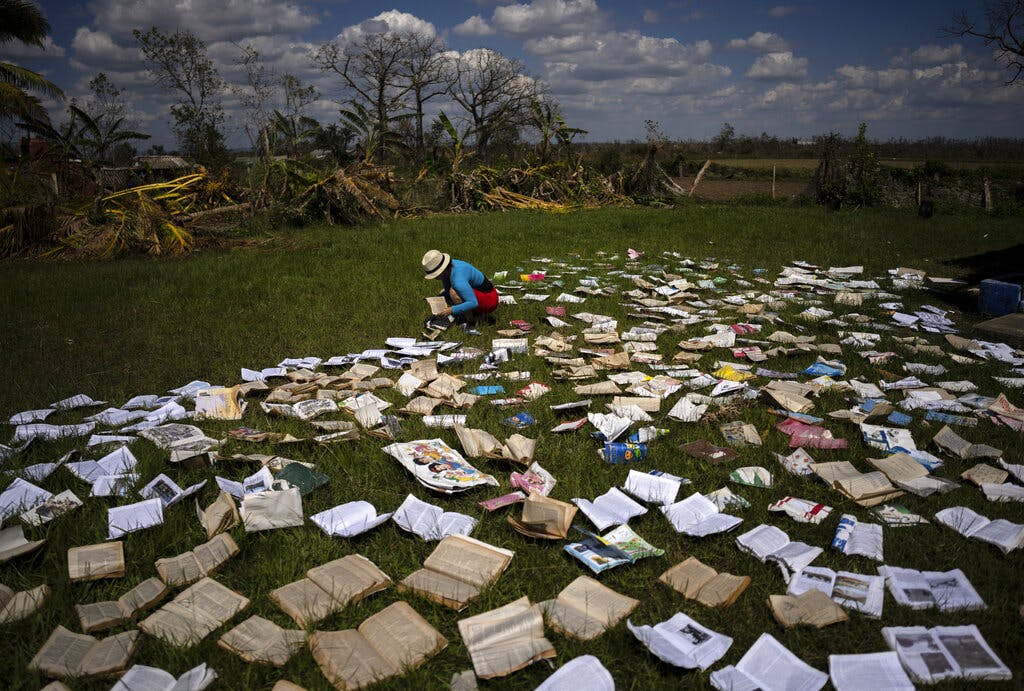Anti-Government Protests Intensify as Blackouts Persist in Cuba
Videos posted online show people gathered in the darkened streets of Cuba’s cities chanting ‘we want light, we want light.’

Protests intensified this weekend in Cuba after the government announced new blackouts on the island in the aftermath of Hurricane Ian, worsening the communist regime’s growing systemic problems.
On Saturday, the government-run Electric Union of Cuba announced that the country’s capacity to generate electricity is still running at only about two-thirds of what it should be. This means that, once again, there will be long blackouts across the island.
Authorities blame the blackouts on hurricane Ian, but the hours-long electricity shortages began earlier this year long before the storm slammed into the western quarter of the island. Between July and September there were only two days when there were no blackouts in any part of the country.
Hurricane Ian displaced more than 50,000 on the island and claimed the lives of at least two people in the Pinar del Rio province. On Saturday, European Union officials announced plans to send a million-dollar aid package to assist in the recovery efforts.
“Hurricane Ian has caused a devastating impact in Cuba and an estimated 100,000 homes are affected. Today the EU will give one million euros to support those suffering the consequences. These funds will go to the immediate needs of the most vulnerable,” said the union’s Commissioner for Crisis Management, Janez Lenarcic.
The lack of electricity is putting further pressure on President Miguel Diaz Canel’s government, which is already on the ropes for widespread shortages of food, fuel, and medicine.
With blackouts lasting as long as 12 hours, Cubans are demanding government solutions. What food they have is spoiling in the heat, and many remain unable to pump water into their homes.
An analyst at the University of Texas, Jorge Piñon, told National Public Radio that before the hurricane, the country’s power grid was already in a critical state because of the deterioration of thermoelectric plants.
Cuba has 13 power plants, and the two largest ones — Antonia Guiteras and Felton — have been experiencing major malfunctions for much of the year. A confidante of the late Cuban communist leader, Fidel Castro, encouraged Cubans to cut back on electricity to show their “revolutionary” fervor.
Since last week, Cubans have been taking to social media to vent their frustrations. Videos posted online show people gathered in the darkened streets chanting “we want light, we want light.” Militants supporting the communist regime took to the streets to counter the protests, according to locals who shared videos of lines of military trucks around Havana on Twitter.
The founder of the human rights group Cuba Decide, Rosa Maria Paya, who was born in Havana, says that the protests are a result of the regime’s inability to address systemic problems plaguing the country. Their only solution is to repress the people, she says.
“People protesting in the streets are mostly demanding freedom from the regime,” Ms. Paya says.
Cuba has been facing a crisis for more than two years because of the pandemic, and the government’s economic and monetary policies. During that time, Cubans have faced food and medicine shortages, queues have multiplied, the value of the peso has sunk, and inflation has skyrocketed.

